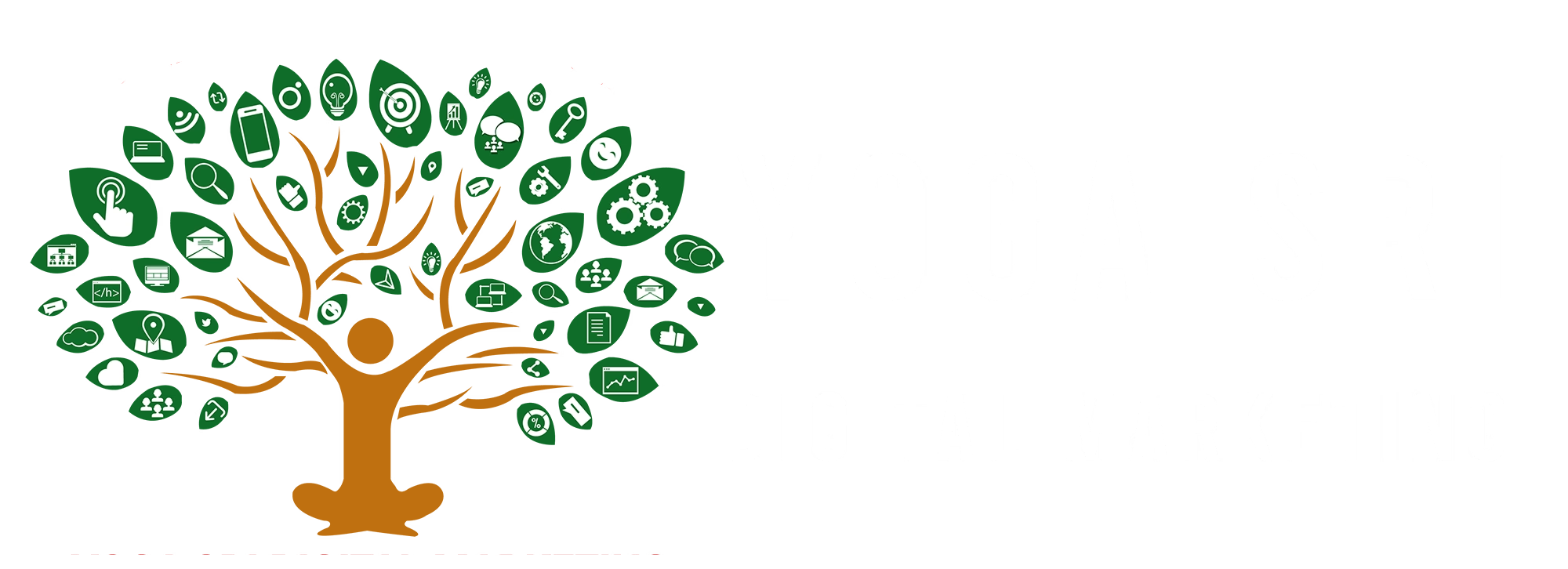
Web Design Trends for 2025: Crafting Futuristic Digital Experiences
As technology evolves and user expectations rise, web design is becoming more innovative and immersive. The trends of 2025 reflect a shift towards greater interactivity, personalization, and aesthetic sophistication. Below, we explore the key web design trends that are shaping the future of digital experiences:
1. Futuristic, Sci-Fi Gaming UI Aesthetics
With the rise of the metaverse and virtual worlds, futuristic designs inspired by sci-fi and gaming have become popular. These interfaces often feature neon colors, holographic visuals, and interactive 3D elements, creating an immersive user experience. The goal is to transport users to another world, enhancing engagement and excitement.
How to Implement:
- Use vibrant neon palettes with contrasting dark backgrounds.
- Incorporate interactive 3D models and hover animations.
- Apply glowing elements for a modern, tech-driven feel.
Benefits:
- Captures attention immediately and keeps users engaged.
- Perfect for tech-savvy audiences and entertainment-focused brands.
2. Window and Shadow Overlays
This trend focuses on using layered windows and subtle shadow effects to add depth and realism to flat web interfaces. By mimicking real-world visual elements, designers can create more intuitive and tactile experiences.
How to Implement:
- Add soft drop shadows to cards, buttons, and modal windows.
- Use overlapping window designs to create a sense of hierarchy.
- Pair shadow overlays with smooth animations for a polished effect.
Benefits:
- Enhances visual clarity and guides user attention.
- Provides a more dynamic look compared to flat designs.
3. Glow Effects
Glow effects are making a comeback, particularly in tech, gaming, and entertainment websites. These effects highlight key elements, such as buttons and headers, and can be used to create a futuristic or sci-fi vibe.
How to Implement:
- Apply glow effects to CTAs (Call-To-Actions) and interactive elements.
- Use soft, colored glows for a subtle enhancement, or go bold with bright neon glows for impact.
- Combine with dark mode designs for a striking contrast.
Benefits:
- Draws attention to important elements.
- Adds a visually appealing, modern touch to the design.
4. Flash-Era Nostalgia
In a nod to the early days of the internet, designers are revisiting bold, playful aesthetics reminiscent of Flash websites. Expect bright colors, chunky fonts, and quirky animations that evoke nostalgia while offering a modern twist.
How to Implement:
- Use bold typography paired with vibrant backgrounds.
- Incorporate whimsical animations and hover effects.
- Focus on a playful tone that resonates with younger audiences.
Benefits:
- Evokes a sense of nostalgia, which can create emotional connections with users.
- Perfect for brands targeting Gen Z and millennials.
5. Sophisticated, Animated Gradients
Gradients have evolved from simple background effects to sophisticated, animated elements that add depth and dynamism to websites. These gradients can subtly change colors over time, creating a more engaging experience.
How to Implement:
- Use multi-directional gradients for added complexity.
- Apply smooth, slow animations to gradients for a calming effect.
- Combine with minimalistic designs for a clean, modern look.
Benefits:
- Creates a visually pleasing, dynamic experience.
- Works well across various industries, from tech to fashion.
6. AI Integration
AI is transforming web design by enabling personalized user experiences and streamlining design processes. From chatbots to dynamic content generation, AI tools are making websites smarter and more intuitive.
How to Implement:
- Use AI-driven chatbots for better customer support.
- Implement AI-based personalization to display content tailored to individual users.
- Leverage AI tools to optimize design workflows and enhance user interfaces.
Benefits:
- Improves user engagement and satisfaction through personalization.
- Reduces design and development time.
7. Nature-Inspired Design
With a growing emphasis on sustainability and wellness, many brands are adopting nature-inspired designs. This trend involves using organic shapes, natural textures, and earthy color palettes to create a calming, approachable aesthetic.
How to Implement:
- Use rounded, organic shapes instead of sharp, geometric lines.
- Incorporate images of natural elements like leaves, water, and wood textures.
- Choose soft, earthy tones like green, brown, and beige.
Benefits:
- Conveys a sense of calm and authenticity.
- Ideal for brands in the wellness, eco-friendly, and lifestyle sectors.
8. Full-Page Headers (Hero Sections)
Full-page headers, also known as hero sections, are becoming more prominent in web design. These headers often include a large, bold headline, a compelling image or video, and a clear CTA.
How to Implement:
- Use high-quality images or videos that reflect your brand’s identity.
- Craft concise, impactful headlines that immediately convey your message.
- Include a prominent, easy-to-click CTA button.
Benefits:
- Captures visitors’ attention instantly.
- Sets the tone for the rest of the website, guiding users towards key actions.
Conclusion
As we move into 2025, web design is becoming more interactive, immersive, and user-centric. By embracing these trends, businesses can create memorable digital experiences that stand out in a crowded online landscape. Whether you’re looking to revamp your current website or design a new one from scratch, staying ahead of these trends will ensure you deliver a modern, engaging user experience.
Also Read | Digital Marketing Trends for 2025
